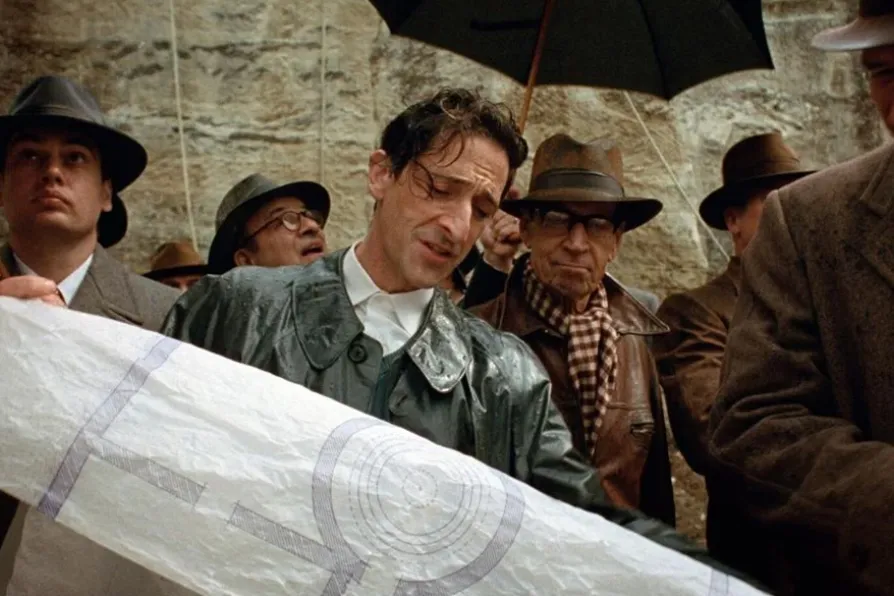RICHARD MURGATROYD enjoys a readable account of the life and meditations of one of the few Roman emperors with a good reputation

 CONCRETE POETRY: Adrien Brody as Laszlo Toth in The Brutalist
[IMDb]
CONCRETE POETRY: Adrien Brody as Laszlo Toth in The Brutalist
[IMDb]
The Brutalist (18)
Directed by Brady Corbet
ALTHOUGH it isn’t made clear, the film’s title refers to the architectural style of the brutalist movement which emerged in the 1950s but can equally allude to the post-war immigrant experience in the US as they pursued the American Dream.
You may think it aptly describes the film’s brutal length at just over three-and-a half-hours with a 15-minute intermission built in. Surprisingly it does not feel as long as it is.
Directed by Brady Corbet who co-wrote it with Mona Fastvold, the drama follows fictitious Hungarian Jewish architect Laszlo Toth (Adrien Brody), a Holocaust survivor who escapes Europe in 1947 and emigrates to the US to start a new life. He is waiting to be joined by his wife Erzsebet (Felicity Jones) who is trapped in eastern Europe with his niece Zsofia (Raffey Cassidy).

The Star's critics ANGUS REID, MICHAL BONCZA and MARIA DUARTE review Hot Milk, An Ordinary Case, Heads Of State, and Jurassic World Rebirth













